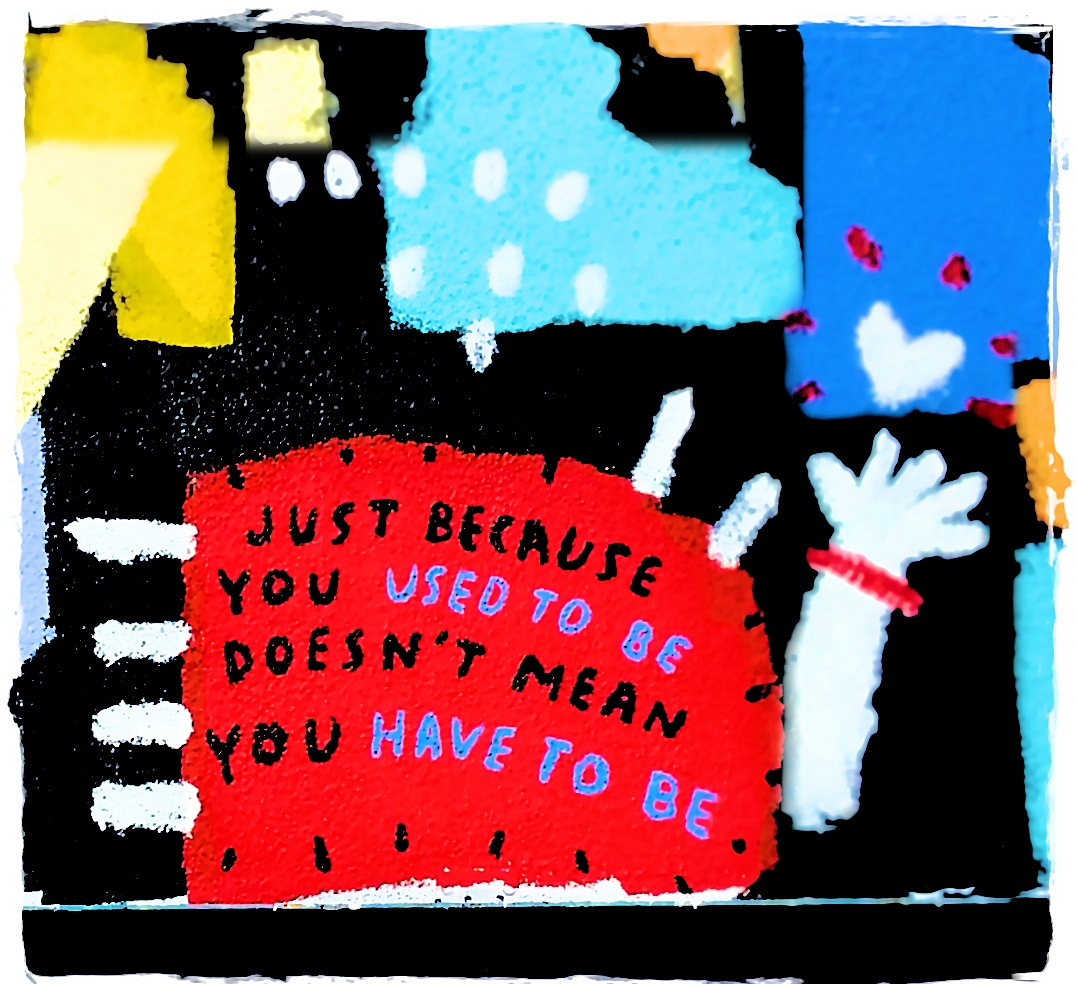2022 was not a normal year here at Creating the Future. Normally we run lots of classes, do lots of demonstration projects, participate in lots of workshops, and produce lots of papers and articles on the power of Catalytic Thinking. That is NOT what happened in 2022.
What did happen was a result of two interconnected initiatives: Our research into systems change, and the succession planning conversations that arose from that inquiry.
Our systems change inquiry was itself the result of so many of our prior experiments, as we found repeatedly that “just the way we do things” in social change organizations often thwarts change rather than advances it. We were honored that Nonprofit Quarterly published a rather extensive article about our findings early in 2022. You can find that article here. A more in-depth look at the findings are at this link.
As we continued to consider the effectiveness of our own systems, we dove into Succession Planning conversations in late 2021. In those conversations, it became clear that the best possible outcome of succession planning was not simply replacing one person with another, but the important result that our community continue to receive the benefit we provide.
2022 and Beyond
With all that as prelude, in early 2022 we dove into conversation about that community benefit. What benefit do our community members receive? What is important to continue? The only way to really find out would be to ask them – the very first question in Catalytic Thinking: Who will be affected by whatever it is we are considering, and what would it take for them to lead the conversation? And importantly, what does our community want us to be focusing on?
Those conversations coincided with a critical moment in the life of this organization: January 2022 was the 5 year point in our 10 year mission clock. That clock is not about sunsetting after 10 years, but assessing what we have accomplished to that date, and importantly, determining if that work needs to continue. Having a “shot clock” to perform against makes clear that we intend to accomplish something, rather than assuming we will run our programs forever.
Given the realization that we were at the halfway point in our mission made it even more imperative that we ask you – our community – what is important to you. Our mission has always been to apply Catalytic Thinking to a variety of situations, and to then share what we learned in those experiments. During our first 5 years, we focused primarily on experimenting.
We therefore knew that our next 5 years would be about sharing what we had learned in those experiments. But in what ways? What was important to our community as we shared all that?
And so we began to craft a plan for engaging our community in just that conversation. We gathered a practice cohort – people who wanted to learn to apply Catalytic Thinking to their own community engagement efforts, using Creating the Future’s plan as a real-time case study. Together, we set out to engage our community in the conversation: What’s Next for Creating the Future’s Mission?
Over the next few months, we will be documenting all we learned from that fascinating process. For now, we can share that 70+ people provided thoughtful written responses to the initial Catalytic Thinking questions we posed. You can see those responses at this link.
From there, +40 people participated in real-time conversations, considering their responses to the next few questions in the framework. In addition to the fact that folks dedicated 2 hours each to those conversations, another awesome part about those conversations is that they were facilitated by the people who had been part of that community engagement practice cohort! Talk about putting their learning into practice!
With those conversations wrapping up in late December, that is what we accomplished in 2022. We took time to pause and think and connect, to have our community define our work. It was a huge effort, in many ways far more work than running classes.
It was also among the most energizing and inspiring work we’ve ever done. We didn’t set out with grand plans to democratize how social change could be done, but that has been a big part of the result, having our community chart the direction of the whole organization. That is how movements function – the people lead. And that feeling of being swept away on a wave of people’s commitment to the cause has been one of the best feelings in the world.
Starting in early 2023, we will work to implement everything you told us is important to you. During that time, we will be checking in with our community at each step, to be sure we are on the right path. We will be doing some experimenting as well, as much of the infrastructure to support those efforts will be rooted in sharing resources via Collective Enoughness – a journey that will require our community’s participation. And yes, we will be getting back to doing more webinars and click-and-play classes.
For now, though, we are celebrating. This was a year of engagement and connection. A year of going slow so that later, we can go fast. We cannot wait to see what comes of it all.

